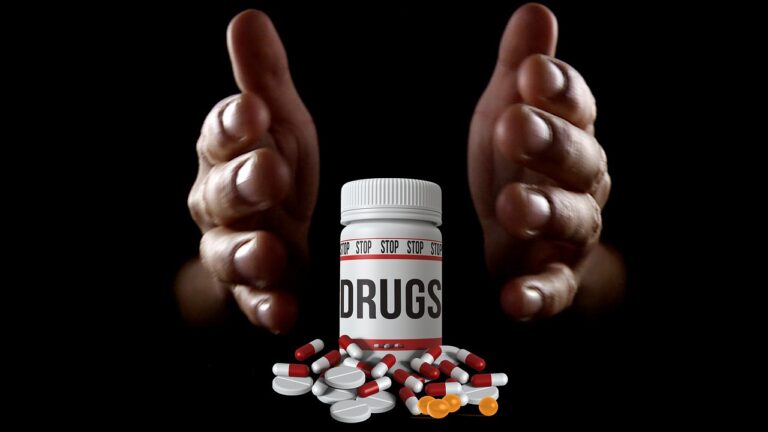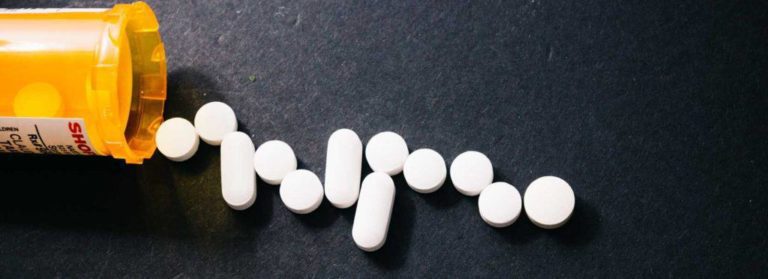Negative Effects of the Anti Drug Abuse Act of 1986
Drug abuse and drug addiction are major problems in the United States that have affected and continue to affect millions of Americans. In order to solve these issues, the Federal Government of the United States has taken several steps to combat them, including enacting new drug policies like those found in the Anti Drug Abuse Act of 1986. However, new policies are not always helpful, especially not the ones found in the Anti Drug Abuse Act of 1986, which had a number of negative effects on the American people that can still be observed today.
What is the Anti Drug Abuse Act of 1986?
The Anti Drug Abuse Act of 1986 is a bill that was passed by the U.S. Congress and signed into law by President Ronald Reagan. Its purpose was to aid drug control agencies and the justice system in the War on Drugs, which had started in the early 1970s under President Richard Nixon’s leadership. The creation of the bill was partially inspired by the deaths of athletes Len Bias and Don Rogers, who both died from cocaine use in June of 1986. Their deaths started a national conversation about the drug epidemic, specifically the cocaine and crack cocaine epidemics.
Like many of the bills passed by the U.S. Congress, the Anti Drug Abuse Act of 1986 addresses a number of issues and needs. However, it most notably increased the number of drug offenses that had mandatory minimum sentences and created a disparity in sentencing those who had cocaine and crack cocaine possession charges. The act also criminalized money laundering in the U.S. and included the Drug-Free Schools and Communities Act within it, which required colleges and universities to establish drug abuse prevention and education programs.
Negative Effects of the Anti Drug Abuse Act of 1986
While the Anti Drug Abuse Act of 1986 was created by the United States Congress with good intentions in an effort to help address a nation with a drug crisis, many of the mandates and policies within the bill had negative effects on the American people, specifically on people of color, poorer Americans, and people living with drug addictions. These effects include:
Mandatory Minimum Sentencing
One of the most detrimental effects of the Anti Drug Abuse Act of 1986 was the added mandatory minimum sentences for drug offenses. By increasing the amount of these sentences on drug offenses, the authors of the bill believed it would deter individuals from obtaining and abusing drugs. In reality, the new mandatory minimums ended up contributing to overall mass incarceration in the United States.
To make matters worse, the mandatory minimum sentences introduced in the Anti Drug Abuse Act of 1986 were required for any and all offenders. In doing so, the sentences have often affected nonviolent offenders without a prior criminal record. This means that individuals living with drug addictions are typically sent to prison instead of receiving the rehabilitation they need.
Disproportionate Incarceration of People of Color
Lastly, one of the most significant negative effects of the Anti Drug Abuse Act of 1986 was how it disproportionately affected people of color and led to greater incarceration of black Americans. The act did so by modifying the mandated sentencing for cocaine and crack cocaine possession.
Instead of treating both forms of cocaine as equals, the act made offenses relating to crack cocaine much more serious. It did so by creating a 100:1 disparity. Combined with the newly introduced mandatory minimums, an individual caught by police with 5 grams of crack would receive a mandatory minimum sentence of 5 years in prison without parole. However, an individual caught by police with powder cocaine would need to be in possession of 500 grams to receive the same minimum sentence.
This disparity in punishing the possession of crack cocaine and cocaine led to the disproportionate incarceration of people of color, specifically black men and women. This is because wealthier, white Americans commonly consumed cocaine, while poorer, black Americans typically consumed crack cocaine, a cheaper, occasionally more powerful substance.
How to Reverse the Negative Effects
The overwhelmingly negative effects of the Anti Drug Abuse Act of 1986 have affected millions of Americans in the last thirty-five years. However, these effects have been somewhat reversed in recent years, but they could ideally be reversed more through some significant policy changes going forward.
Fair Sentencing Act of 2010
In 2010, the Obama Administration specifically addressed the disproportionate incarceration of black Americans by the Anti Drug Abuse Act of 1986 with the Fair Sentencing Act. This act changed the disparity between the possession of crack cocaine and cocaine to qualify for a mandatory minimum sentence. Instead of being 100:1, the Fair Sentencing Act modified it to 18:1. This ratio is far better than the original; however, it is still problematic.
Rehabilitation > Incarceration
The best solution to the drug abuse problem in the United States and around the world is not incarceration with harsh mandatory minimum sentences; it is rehabilitation. Drug rehabilitation is a much safer and more effective option to combat drug abuse. It heals people and allows them to overcome their problem – rather than be punished for it. Incarceration for drug offenses can ruin a person’s life, damaging their reputation and prospects for the future. However, rehabilitation can help a person change and become more equipped than ever for a bright future that is free from drug abuse.
Looking for Effective Treatment for Drug Addiction?
Believers in the Anti Drug Abuse Act of 1986 would argue that incarceration for drug offenses is a far better solution to the United States’ drug epidemic than rehabilitation. However, this is simply untrue. Drug rehabilitation works and has helped millions around the world. If you or a loved one is currently living with drug addiction, help is available in your area! At Oasis Recovery, our team of addiction specialists offer several treatments and therapies to help a person overcome their drug addiction. Contact us to learn more today!










